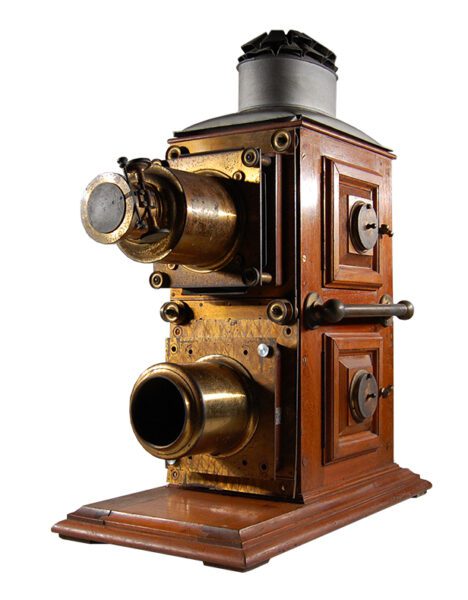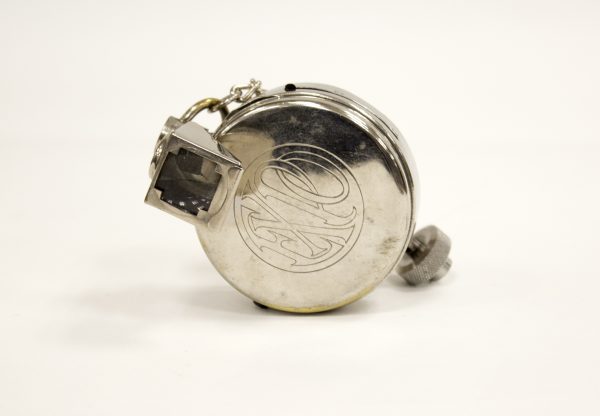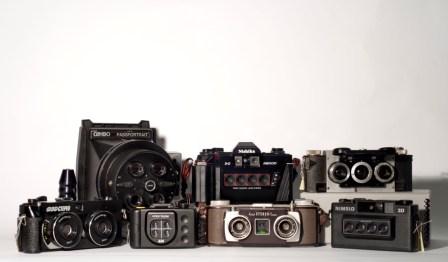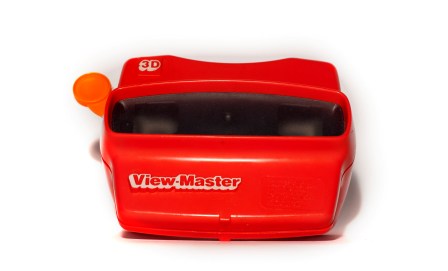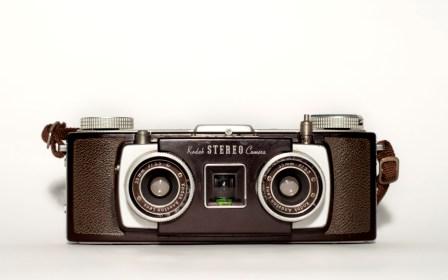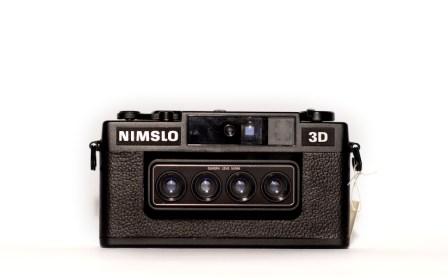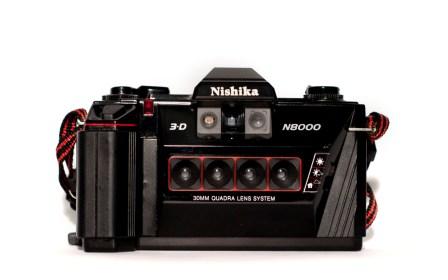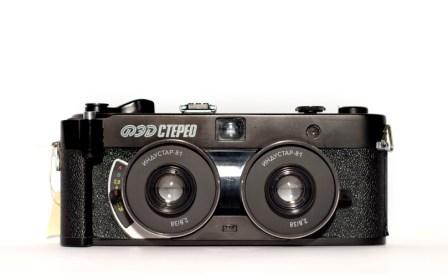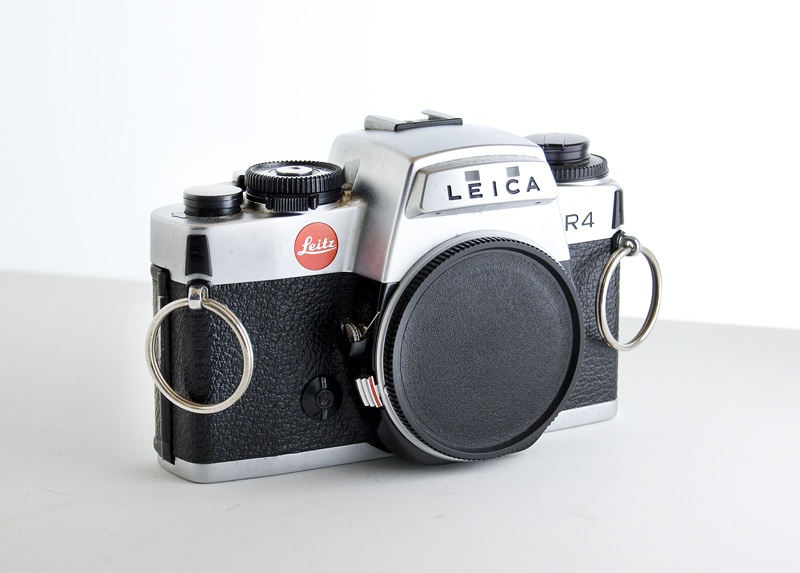Archives and Special Collections have so many weird and wonderful items in our collections. For the summer we decided to feature some of them in an exhibition in the display windows in front of our reading room.
Wood in Glass (RG 0.04.21)
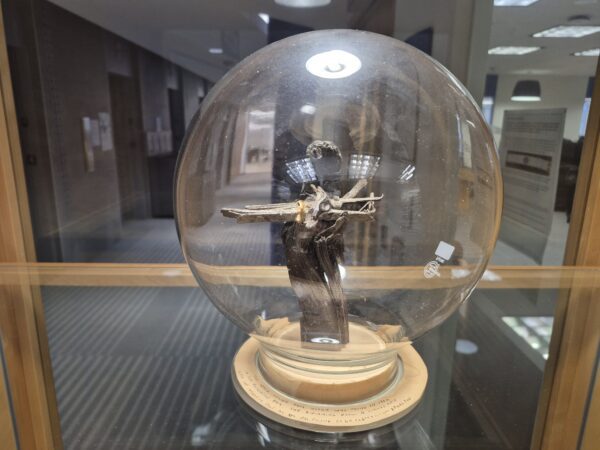
These two wood pieces were found during the excavation of the site for the pool located in Kerr Hall. This piece, along with another section of wood donated at the same time to the Archives, were purportedly carbon dated at 12,000 years old. It is unclear who displayed them in this glass bowl or created this display piece.
Doozers (2012.005.05.07)
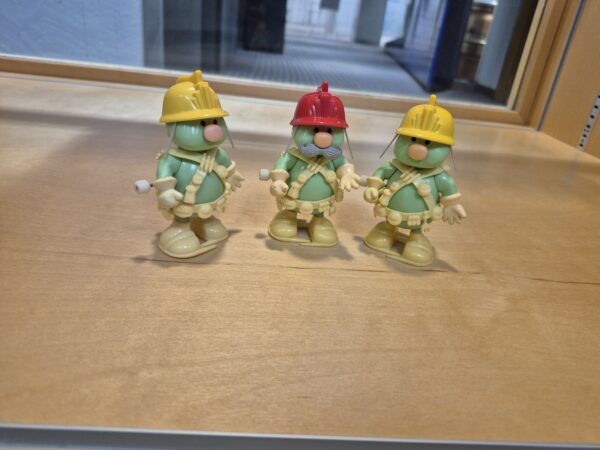
Doozers, small industrious workers found living in harmony with the Fraggles on Jim Henson’s “Fraggle Rock”. These small plastic wind up figurines are an examples of some of the promotional materials created to advertise the show that originally aired 1983-1988. These figures are part of the larger Robert Hackborn fonds in Special Collections. Robert Hackborn worked for the CBC for nearly 4 decades on set design and creation, and visual effects. He worked on Fraggle Rock with the late Jim Henson. You can learn more about Robert Hackborn and this amazing collection by reading our blog on the topic: “The Man Behind the Glass: Robert Hackborn“
Lamp of Learning (RG 0.04.23)
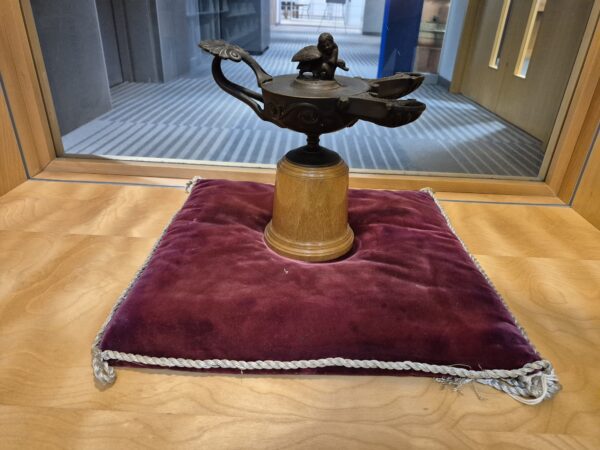
Legend has it that the lamp was purchased by a faculty member in a small shop in Rome, Italy in the 1950’s. It was brought back to the school and graced the top of the Chariot Race trophy. Chariot races were held at TMU in the 1950s and 1960s – usually in conjunction with football games.
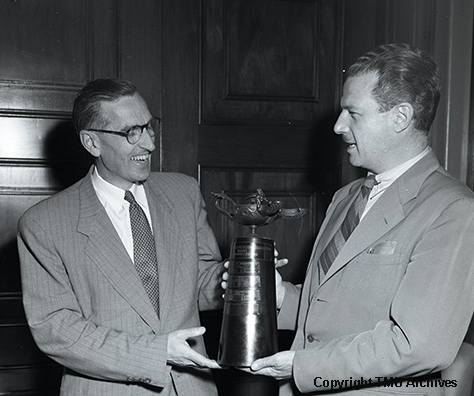
In the late 1950’s the lamp was removed from the trophy, fastened to the wood cylinder it currently resides on and used to lead the stage party into Convocation. The Lamp of Learning was used at convocation until the 1980s.
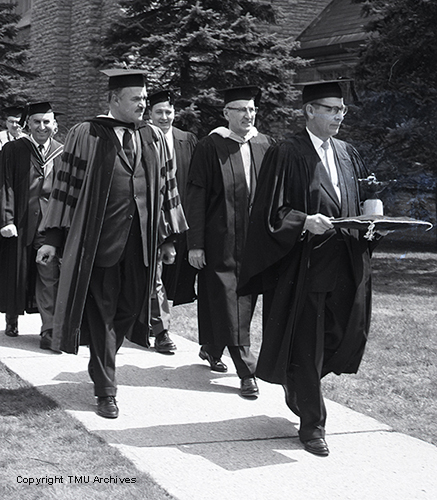
“Library Book” by Lise Melhorn-Boe (N7433.4 M445 L52 2005)
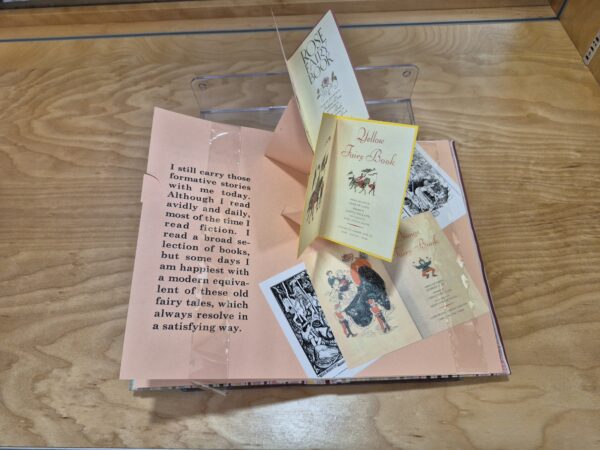
An artists’ book about reading library books. Created by Melhorn-Boe, this limited edition hardcover pop-up book features a story authored by Wendy Cain, a renowned Canadian paper and printmaker, about how she came to read all of Andrew Lang’s colour fairy books. It features copies of H. J. Ford’s illustrations from Lang’s books.
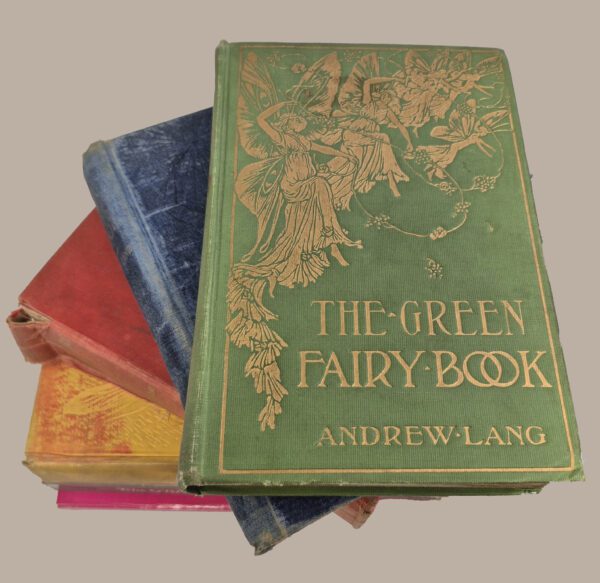
There are 12 Fairy books in total – Some of which can be viewed in the Archives and Special Collections reading room. Find them and other artist’s books by searching the library’s catalogue https://library.torontomu.ca/
Wellesley Hospital floor plan wood block printing plates (RG 946.02.12.04)
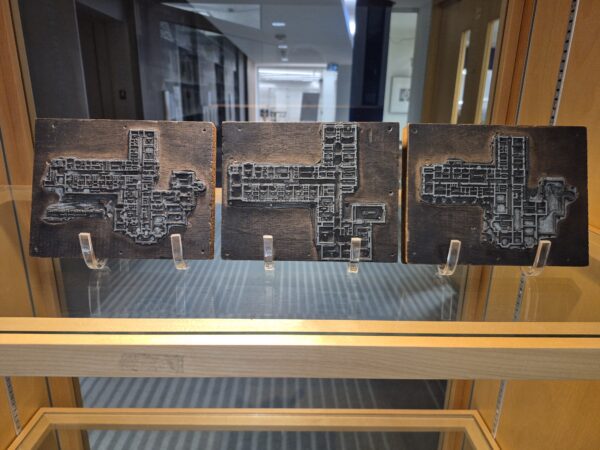
Three wood block printing plates, created by Architect Frederick C. Lee, featuring the original 1912 floor plans for the Wellesley Hospital. The blocks are part of the Wellesley Hospital School of Nursing Alumnae Association collection that came to Archives and Special Collections in 2011. If you want to learn more about the collection, The Wellesley Hospital School of Nursing, and how it came to be associated with TMU please consider reading the following blogs:
- https://library.torontomu.ca/asc/2011/08/feature-from-the-collection-wellesley-hospital-school-of-nursing/
- https://library.torontomu.ca/asc/2024/05/from-hospital-hallways-to-campus-classrooms-the-50th-anniversary-of-amalgamation-part-1/
- https://library.torontomu.ca/asc/2024/06/from-hospital-hallways-to-campus-classrooms-the-50th-anniversary-of-amalgamation-part-2/
Magic Lantern Slide “Frogs” (2017.010.06.034)
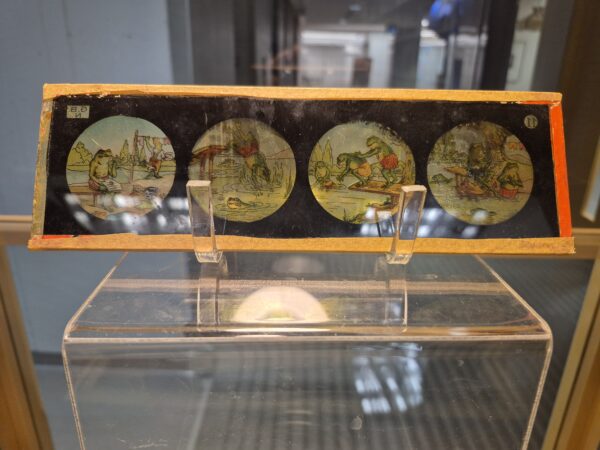
Magic Lantern Slides were initially rectangular strips of glass with hand painted imagery and a mahogany wood border. Illustrations on the glass portion went from being hand-painted to mechanically produced, and by the mid 1800s photographic slides came into production as well. This slide is part of a larger donation of magic lantern and stereograph technology from the late Dr. Martin J. Bass and Gail Silverman Bass in 2018.
The slides were projected by Magic Lanterns. The first time a magic lantern was constructed is considered to be in 1659 and were used for entertainment. The lanterns were first illuminated using candles or oil lamps, but this did not produce enough light to project a clear image from afar. Limestone began being used in the early 1800s, allowing for projection of the slides in large settings. By the mid 1800s, a huge variety of magic lanterns became available to the professional and home market. During this time they were also used more widely in educational settings. For more information on Magic Lanterns and Lantern slides please take a look at our earlier blog in the topic https://library.torontomu.ca/asc/2017/10/new-exhibition-projecting-magic/
Foundation of the University Archives (RG 12.192.004.009)
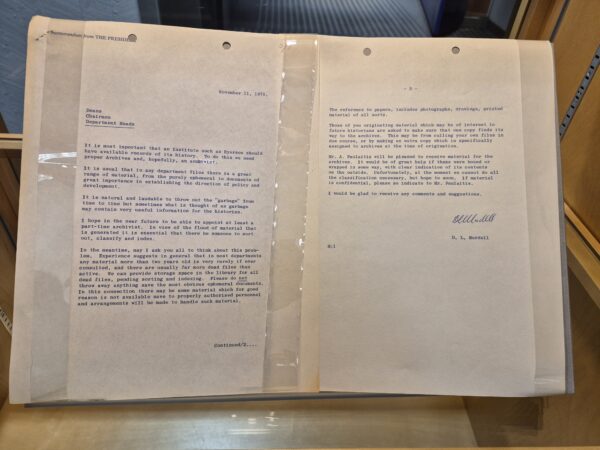
This 2 page memo was sent by then school President Donald Mordell in November of 1970 encouraging all Deans, Chairmen and Department heads to stop discarding university records as “It is natural and laudable to throw out the ‘garbage’ from time to time but sometimes what is thought of as garbage may contain very useful information for the historian”. This memo was sent out before there was even an established archives or an archivist hired. The Archives was established in 1971 as a result of a recommendation in the the Smyth Commission Report (RG 220.54). The first Archivist Jim Peters was a member of the English Faculty. If you want to learn more about the foundation of the Archives you can view the following blogs:
- https://library.torontomu.ca/asc/2015/08/points-of-interest-from-the-collections-the-creation-of-the-archives/
- https://library.torontomu.ca/asc/2015/08/points-of-interest-from-the-collections-the-creation-of-the-archives-part-deux/
Yashica-44 camera (2005.006.12.08)
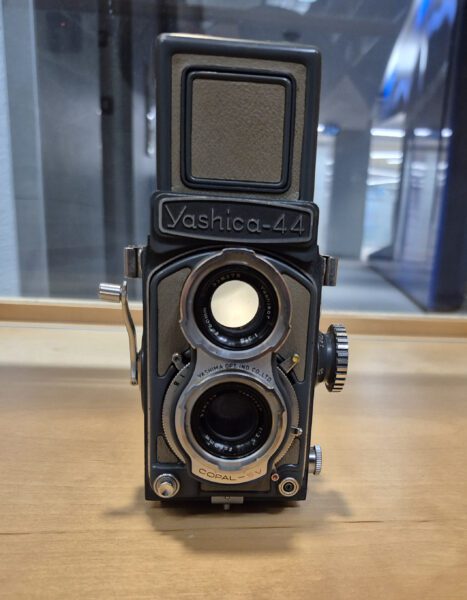
The Yashica-44 series camera was first produced in 1958 by the Yashica Company (founded in 1949 in Nagano, Japan). The 44 model is a crank wind twin reflex camera with a waist level viewfinder and was advertised to be 25% smaller than their full reflex camera and weighed only 26oz. Three variations were created (44, 44A and 44LM) and production of the cameras continued until 1965. The camera used 127mm film and created black and white or colour 4 cm x 4 cm images – usually slides.

The Yashica-44 was based on the Baby Rollei Camera produced by Franke & Heidecke, a German Company founded by Paul Franke and Reinhold Heidecke in 1920. Both of these cameras are part of the Heritage Camera Collection and were donated to Special Collections by Wilhelm E. Nassau in 2011. You can learn more about twin lens reflex cameras by following this link https://archives.library.torontomu.ca/index.php/twin-lens-reflex-cameras
To see more of what Archives and Special Collections has to offer or to do research please contact us at asc@torontomu.ca.
